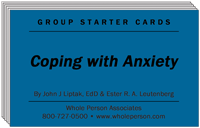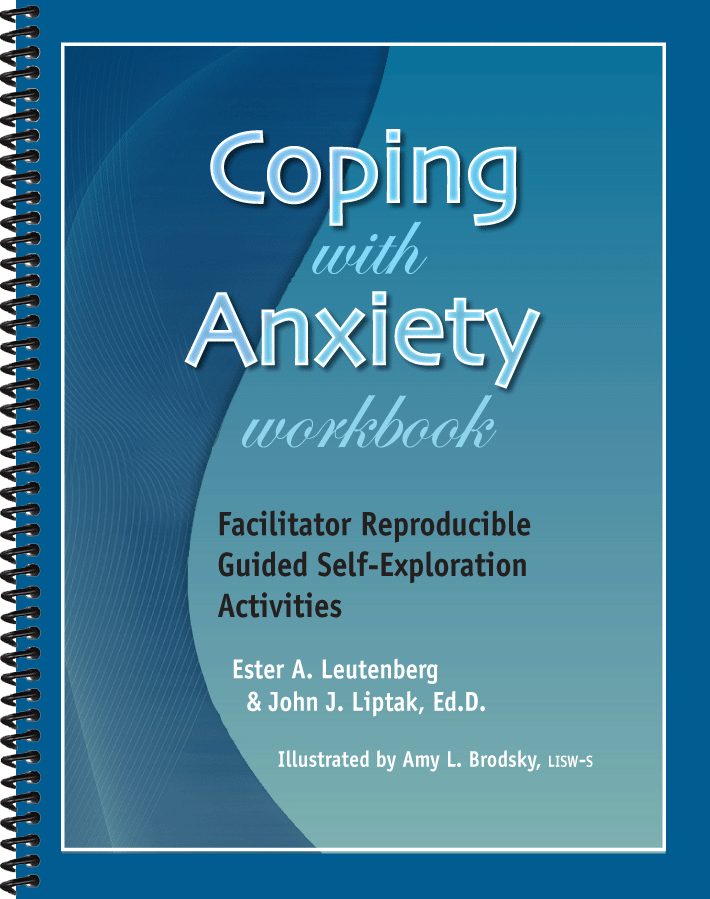Anxiety
Facilitator Reproducible Guided Self-Exploration Activities
Anxiety is becoming increasingly prevalent in our modern society. Research indicates that the number of people suffering from anxiety disorders is growing. Many trends and forces are at work to contribute to people's feelings of fear and anxiety. Fear and anxiety are experiences familiar to most, but anxiety becomes an acute problem for many.
The Coping with Anxiety Workbook contains assessments and guided self-exploration activities, including an anxiety scale. These tools teach participants to cope more effectively with various forms of anxiety. Each chapter begins with an annotated Table of Contents with notes and examples for the facilitator.
Coping with Anxiety Workbook with Anxiety Scale
Each chapter contains two primary teaching elements:
- A set of assessments, including an anxiety scale, to teach participants to gather information about their anxiety in a focused situation, and
- A set of guided self-exploration activities to help participants process information and learn more effective ways of behaving to cope with anxiety in their lives.
The activities are divided into four chapters to help you identify and select assessments for teaching easily and quickly:
Chapter 1: Anxiety Triggers helps participants identify and learn to recognize their anxiety triggers.
Chapter 2: Fear Factor helps participants identify and explore the intensity of their fears.
Chapter 3: Anxiety Symptoms helps participants identify and explore how they experience anxiety symptoms.
Chapter 4: Coping with Anxiety helps participants understand how effectively they are preventing and coping with anxiety in life.
The guided teaching activities are fully reproducible for use with your clients/participants.
This workbook is also available in PDF eBook format, making it simple to store on your computer or mobile device and access with a PDF viewer. The PDF format allows you to easily print copies of the activities and worksheets during therapy and counseling sessions.
 Coping with Anxiety Card Deck
Coping with Anxiety Card Deck
Need a creative way to start your session? Use the Coping with Anxiety Card Deck. The open-ended questions will break the ice and stimulate conversation. Use them alone or in conjunction with the corresponding page in the book.
Sample Questions:
Think about a time when you felt anxious. What was the situation? What did you think would happen? What actually happened? Was it as bad as you thought?
If you could write a letter to one of your fears describing your feelings and how much you worry about it, what would you say?
What are the differences between abdominal breathing and shallow chest-level breathing? Demonstrate both.


